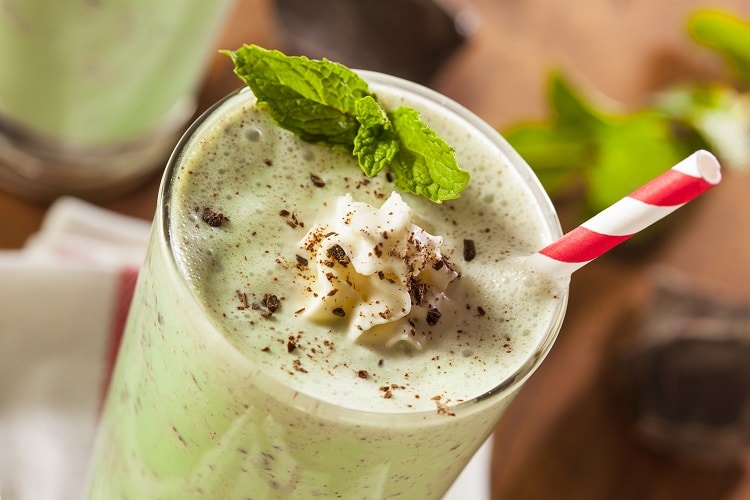by Brian Coble
Autumn is usually the time of year when everyone is tucking their grills away until next summer, but nothing beats standing by a warm, smoky charcoal grill with a dark stout (or hot cider) flipping steaks. One of the best steaks to grill this time of year is the tri-tip, also known as the Santa Maria steak named after the Southern California city that made it famous. As a butcher, I want to take this time to teach you about its characteristics, how to cook it and some side dishes that pair perfectly with this delicious steak.
Butchering
The tri-tip steak is like a hidden gem found covering the bottom of the sirloin (the hip area) and sirloin tip (the muscle above the knee). As you can see from the picture (below), it is a triangular muscle (hence the name), thicker at one end then tapering off toward the other end. The thicker end is found on the bottom of the sirloin adjacent to the tenderloin, and then as it becomes thinner it starts covering a part of the sirloin tip toward the knee. Both the sirloin and sirloin tip are used to help the steer move its hind legs, and the tri-tip muscle is used to assist those muscles with that movement. Generally, the more the muscle is used on an animal, the tougher and more flavorful that muscle is when cooked. The tri-tip is that happy medium of tenderness and flavor. Most of it is hidden under fat, lending it a ton of flavor if kept on. The cut itself is lean, so it helps to have some of that fat still on to help keep it moist when cooking. Tri-tip can be hard to find in most areas other than out west, so you will have better luck talking to your local butcher shop to see if they can make it available. I always incorporated the tri-tip meat for grinding into ground beef along with other beef trim, but this summer I was shown where to find this steak and it’s been one of my favorites ever since.
Preparation/Recipe
The most unique characteristic of the tri-tip is its shape. Normally when cooking something it’s important that the item is the same thickness throughout to ensure even cooking, but the tri-tip doesn’t allow that. This makes it perfect for serving to a group who likes their steak cooked to different temperatures. I always suggest using a meat thermometer, frequently checking the center of the thick end. Feel free to grill or roast this steak. If you want to be a traditionalist, grill using red oak in the Santa Maria BBQ fashion. You will also find outstanding results mixing wood chips with charcoal if red oak is not an option. Start your grill or oven hot (around 425°F), then, while you’re waiting for it to preheat or for the wood/charcoal to burn, let the tri-tip get to room temperature and season with this simple rub:
Recipe: 2½ pound Tri-Tip
Spice Rub
Ingredients:
- 2 tablespoons Paprika
- 1 tablespoon Black Pepper
- 1 tablespoon Salt
- Cayenne Pepper (optional, for heat!!)
Basting Liquid
You can prepare the basting liquid ahead of time by melting the butter and lightly simmering the garlic and herb of your choice until the flavors are infused, about 5 to 10 minutes.
Ingredients:
- ¼ stick of Butter
- 1 clove Garlic, roughly chopped
- Thyme, Rosemary and/or Sage
Method:
Reduce the temperature to 375°F. Throw the steak on the hottest part of the grill (fat side up) and cook until a deep, dark crust forms (about 10-15 minutes). Flip and cook an additional 10 minutes. At this point, apply the basting liquid generously every 5 minutes until it is finished cooking to your preferred doneness. To cook the thickest end rare, the total cook time will be about 25 minutes. After you finish cooking the steak, baste it one more time, cover it and let it rest for 10 minutes. Cut against the grain in ¼ inch slices and enjoy with a glass of Cabernet Sauvignon! If you are sticking to the traditionalist route, pair with a Santa-Maria-Style Pinto Bean Salad and fresh salsa (a saucy variety). You can also enjoy it in a sandwich using toasted garlic bread and mild cheddar cheese.
- Photography: Brian Coble
- Tri-Tip Diagram: Meat Shop 101



